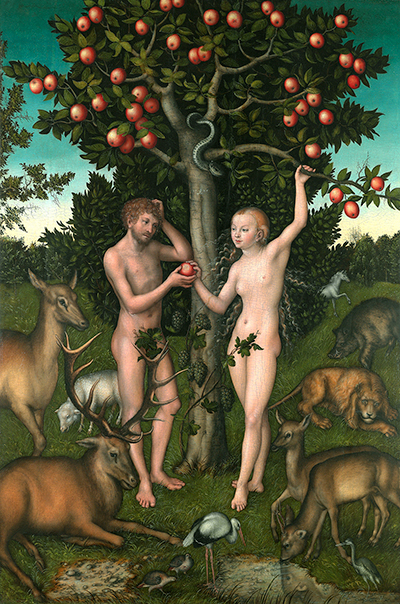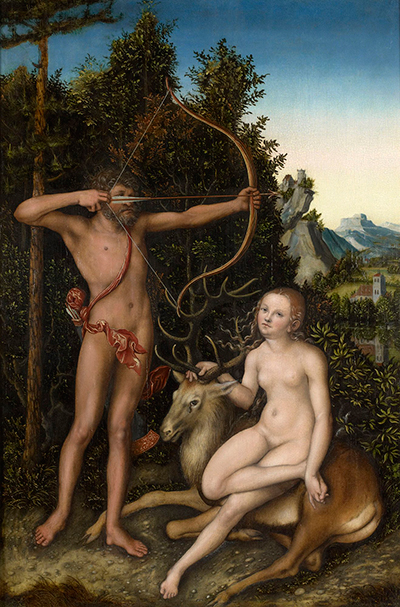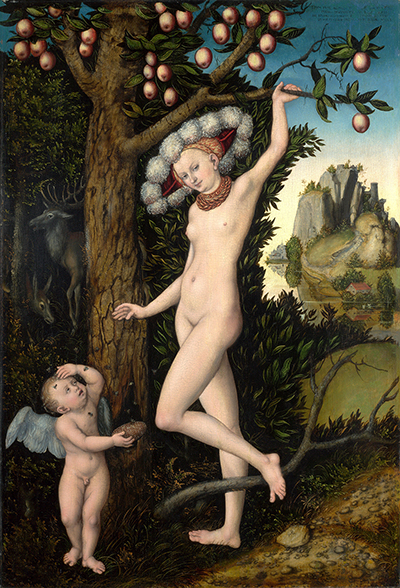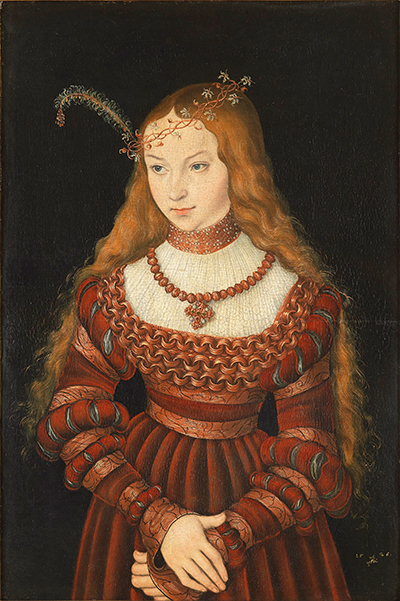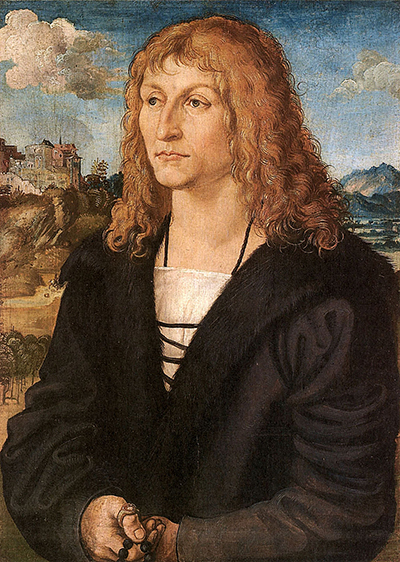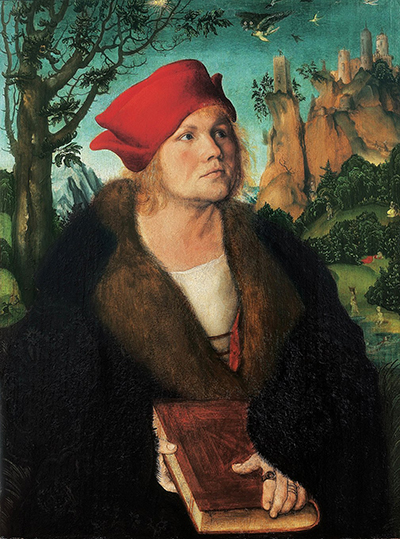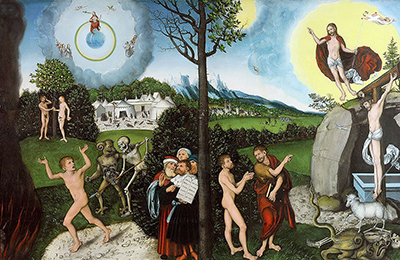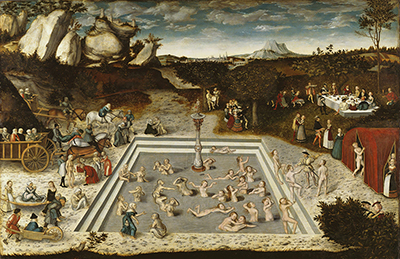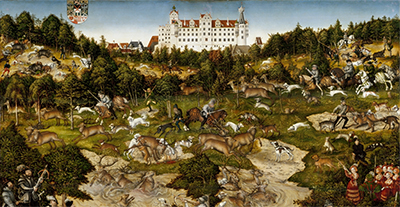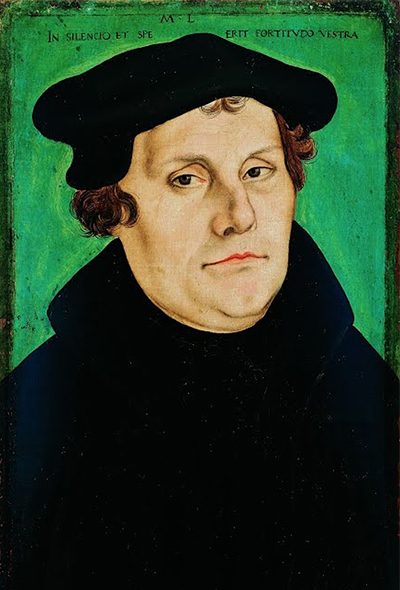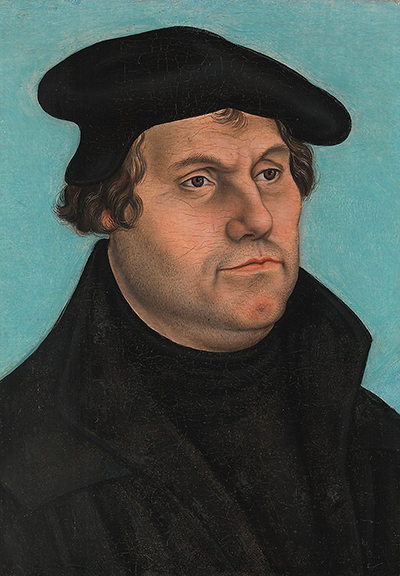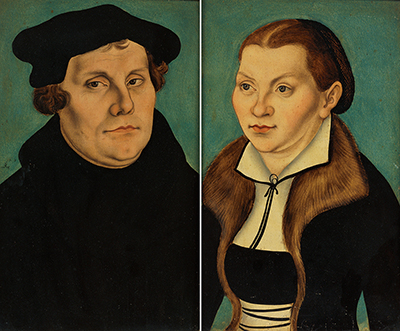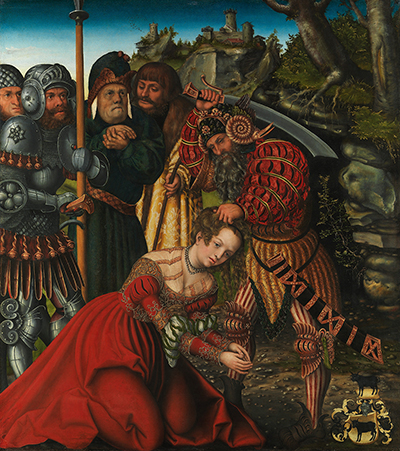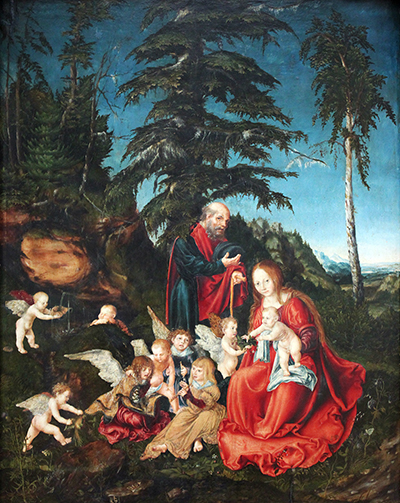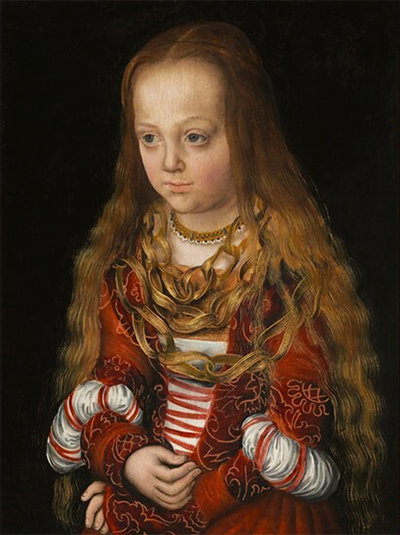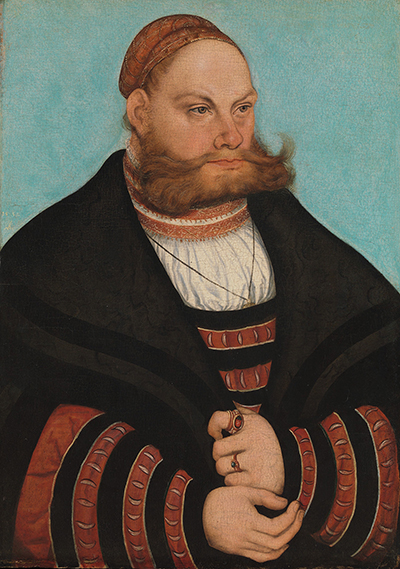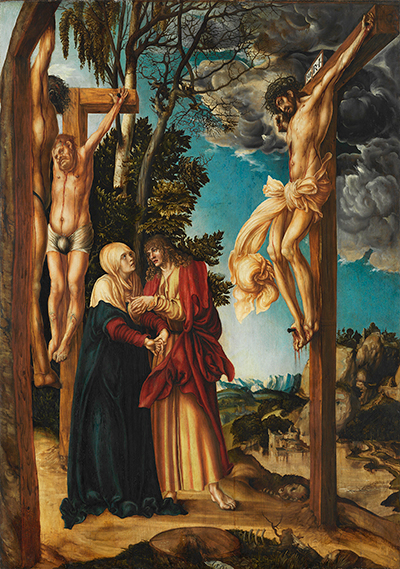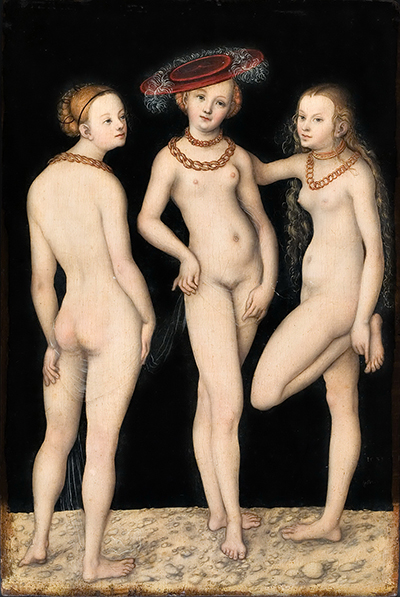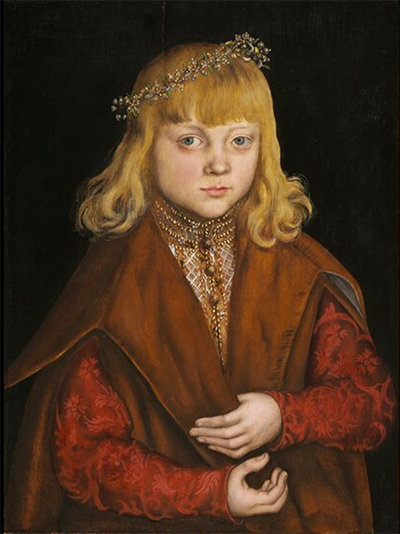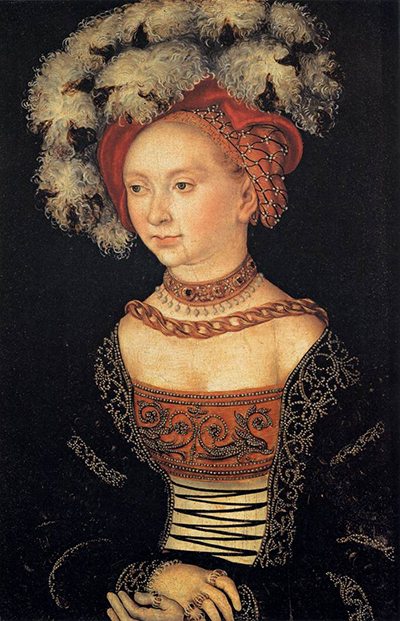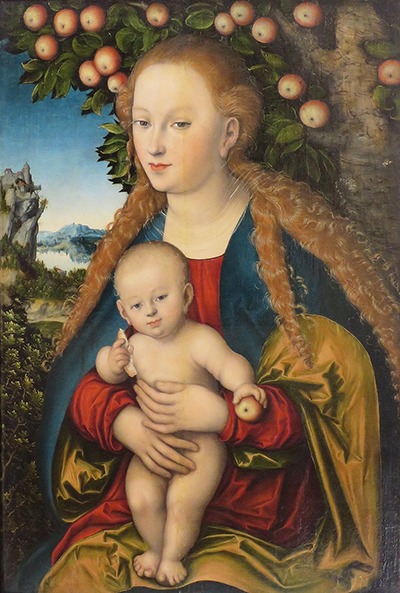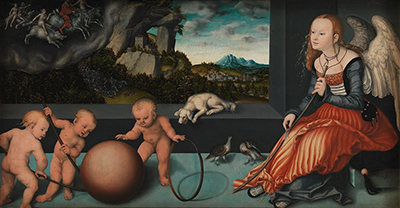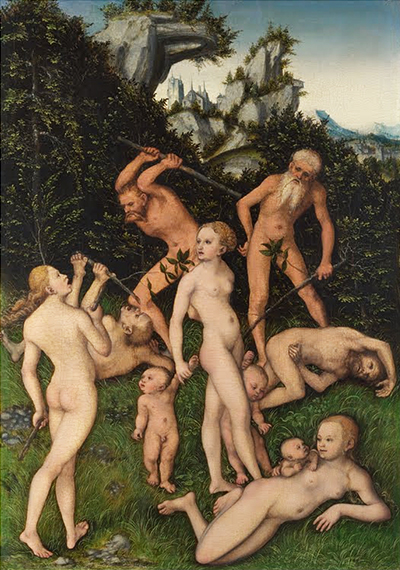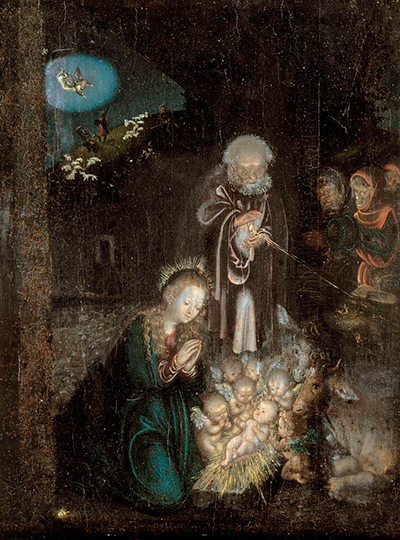The paintings of Lucas Cranach the Elder took in a number of different themes, though the most frequent were portraits of notable figures in 16th century Saxony as well as others inspired by Christian scripture.
Cranach was known to hold an entrepreneurial streak to his character which proved useful during his career as he led a large workshop which at times included up to ten assistants to help out on a range of projects. As court painter there were also other duties for which he was responsible, going way beyond just the portrait paintings that one would immediately think of. For example, all events within the palace would come under his direction as well as the requirement for design work around furniture and interior design for the various rooms in which he would work. Some academics have compared his role with that of Italian Renaissance artist, Andrea Mantegna. In the modern era most of these artists have their careers summarised into a selection of paintings and only those who take the time to read about their lives in greater detail would be aware of the other creative areas in which they served.
The artist was able to handle his resources effectively and complete all commissions that arrived, balancing the help of others whilst also ensuring that his legacy remained strong and was not diluted by the involvement of others. He would also use his own son over time and Cranach the Younger would grow to become a respected artist in his own right. The Elder's business skills were shown in how he did not limit his projects to just those in and around the court in which he served, but he also took the time to make connections outside of this comfortable bubble to find other members of high society who could also offer some significant commissions. The upper classes in this case may also have had a reduced connection to politics and therefore might help the artist to keep a balanced customer base that could adapt to changing conditions in the future.
In order to cope with an increasing amount of work coming into the workshop, the artist would attempt to create a brand from his own work, and allow others to fulfil some of these projects but still rubber stamp them as if they were from his own hand. His own trademark would essentially convince customers that anything that he had promised would have come from his own hand. This allowed him to make his workshop particularly profitable whilst also ensuring a high level of quality by overseeing all stages of productions of each different project. Art researchers have used various techniques since in order to be sure about his role in each of his major pieces, where any drop in technical quality would have immediately raised suspicions. It is not unusual at all for artists from the Renaissance to make use of assistants on their major projects, particularly considering the huge nature of some of the frescoes being produced at this time. Running a workshop allowed artists to train apprentices to a sufficient artistic standard whilst also ensuring that they followed a similar artistic style so that initial direction was enough to avoid a very different path being followed.
The artist would also make use of a strong bond with Martin Luther and was happy to promote the Reformer's ideas to the wider public through his own artistic skills. They were good friends and also politically-aligned and so this did not feel like a particularly big gesture on Cranach's part. He was to set about turned his good friend into a believable brand, presenting him in portraits in a ideal environment. This would help to convince others of his own virtue, and therefore they would perhaps follow his beliefs too. It is no different to how politicians are portrayed today around election time, as truthworthy people from close families. Religious beliefs in politicians may also come to the fore during this campaigning period. It has also been claimed the Cranach the Younger produced over a thousand different artworks of Luther in order to strengthen his position, with these effegies then being distributed amongst the local communities.



